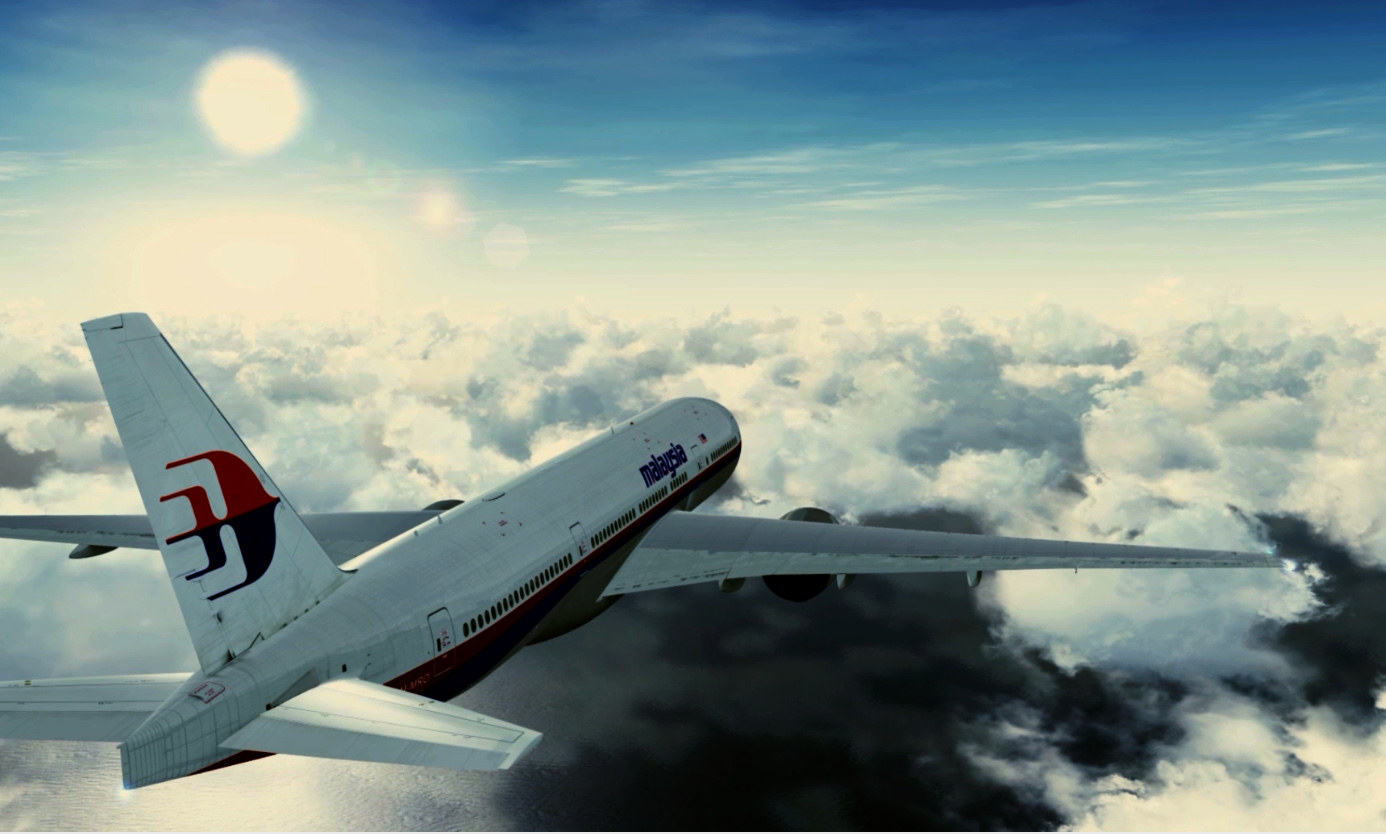Two of the world’s leading experts on the disappearance of MH370 have accused Malaysia of failing to faithfully and diligently pursue the investigation into the flight’s mysterious disappearance and have detailed what has been left out of the flawed investigation.
Mike Exner and Don Thompson, members of the Independent Group (IG) of experts, say the investigation into MH370 “was heavily politically influenced and delayed.” They have called on Malaysia to make more information public to help independent researchers locate the missing plane.
The IG group has provided detailed analyses of the search for MH370 for the past four years and includes experts in physics, radar, satellite technology, mobile satellite communications, avionics designers (GPS) and airline flight simulators. And a number are pilots.
In an exclusive interview with AirlineRatings.com, the IG experts outline seven areas where Malaysia either needs to commit to doing more or providing additional information on MH370.
The first and most important is a new analysis of the radar data collected for the missing Boeing 777.

“The Safety Investigation Team has failed to provide any useful analysis of data from the military radar,’’ they said.
“It is important to establish if, when and where descents/climbs did occur and what impact that would have on fuel endurance and other implications.
“Of course, there are the somewhat incredible statements about Indonesian and Royal Thai Air Defence Surveillance radar assets not detecting the Boeing 777 in the northern Straits of Malacca.”
Next, they want a complete “structural analysis of the most significant debris items” that have been found.
The debris catalog includes two parts, a flap, and a flaperon, that originated from adjacent positions on the starboard wing.
While much attention has been paid to the trailing edge of both parts, they argue the more significant damage is the fractures of the attachment structures, not the relatively weak trailing edge wedge part.
“To the knowledge of the IG, the Malaysian team has not attempted any level of structural analysis to investigate the fractures of the flap carrier or the flaperon hinge – PCU attachment structures,” they said.
Although the ATSB has conducted an analysis of the MH370 flap found in Tanzania and determined it was retracted, the IG Group wants all pieces analyzed.
Thirdly, IG is demanding that all available debris items from Indian Ocean territories be collected.
“A significant part of the number 2 engine inlet cowl, the mounting root of a vortex generator chine, remains in Madagascar,’’ they said.
“This debris must be collected and analyzed for additional clues,”
Much of this debris was found by wreck hunter Blaine Gibson
The IG also want a more comprehensive oceanographic analysis of the drift modeling for each of the different debris items.
“We believe there is scope to work further on this,’’ the group said.
“David Griffin’s (CSIRO) and Chari Pattiarachi’s (UWA) work has been highly commendable, but we have a number of dissimilar debris items, each with unique buoyancy, leeway and draught characteristics.”
Also, of concern to IG is what happened at the MAS Operational Dispatch Centre, and why the flight operations officer/flight dispatcher was so misinformed for such a period of time.
IG also calls for categorical attributing of the ATC ground-air recordings.
“Some contention remains, from informed parties, for voice identification of the crew member speaking during radio transmissions,’’ the group said
“The investigation should reopen this question to determine who was speaking at each transmission, which mic was in use, and any inferences those findings might suggest.’’
Finally, the group wants confirmation of the role and technical area of expertise of the aircraft engineer Zulhaimi bin Wahidin, with whom Captain Zaharie Shah had a long telephone conversation on February 2, 2014.
“What was the substance of that long conversation? And who made the three attempts to contact Captain Zaharie Shah later on the morning of the disappearance,” it said.
The IG Group does not buy into the innocence of Captain Zaharie Ahmad Shah, despite attempts by the investigation team to suggest unlawful interference by a third party may have been involved.
























